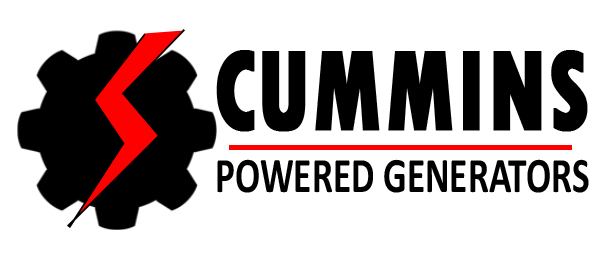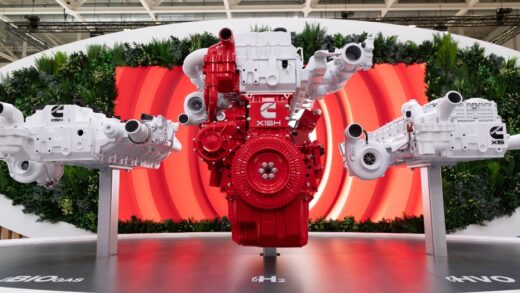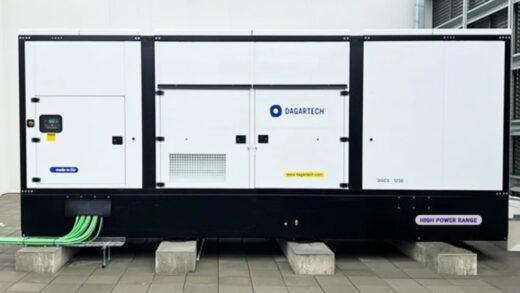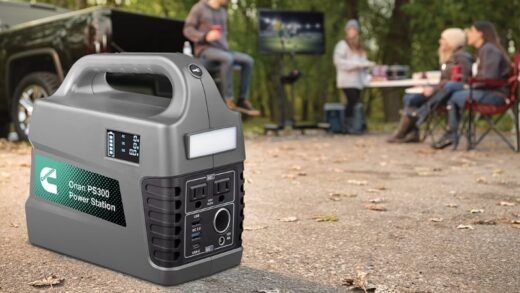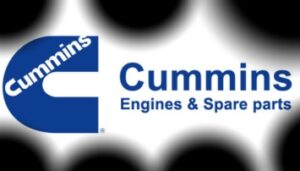Data centre backup generators for critical loads
To choose the right standby generator for your critical data, consider the fuel, cost and efficiency issues you need to consider.
Generators can be your only lifeline in the event of a power failure, so consider your options to make sure your data centre generator meets both your initial and future needs.
The International Organization for Standardization (ISO) classifies generators in several ways depending on the intensity of use: standby emergency, which means that these generators run for no more than 200 hours a year; prime, which runs an unlimited number of hours a year; and continuous rating. Emergency standby generators are the norm, but ISO stipulates their use with a reliable utility.
Generators can be your only lifeline in the event of a power failure, so consider your options to ensure that your data centre generator meets both your initial and future needs.
The International Organization for Standardization (ISO) classifies generators in several ways depending on the intensity of their use: standby emergency, which means that these generators run for no more than 200 hours a year; prime, which runs an unlimited number of hours a year; and continuous rating. Emergency standby generators are the norm, but ISO stipulates their use with a reliable utility.
Cummins supplies industrial diesel and gas standby generators as well as cogeneration products. They design, manufacture and distribute their own engines, alternators, switchgear, fuel tanks, batteries, controls and covers. They also make products for hydrogen and fuel cell production. Diesel remains a popular choice for critical applications, with the most popular power range of 1,000 to 3,000 kW. Cummins recommends installing critical generators either indoors or in efficient outdoor enclosures, and using dual starter batteries, block heaters and at least 12 hours of outdoor fuel reserve.
For a relatively basic critical configuration in the 1000-3000 kW range, Cummins offers a minimum of $350 per kW plus contractor’s mark-up and installation. It consists of a redundant internal diesel generator; 480 volt, 105 degree AC alternator with main line circuit breaker; standard cooling system; dual filters for data centre operation; redundant starter; batteries and chargers; critical class exhaust silencer and flexible piping; vibration isolators, self-contained day tank; unit heaters; factory tested; start-up and on-site testing; and two-year warranty. Common additional data centre options include advanced high ambient temperature cooling systems, 80 degree rise AC generators, low nitrous oxide emission calibrated engines, Tier 4 certified or compliant exhaust emission systems and uptime ratings. Outdoor enclosures for 1000-2500 kW generators can cost between $100,000 and $500,000, depending on requirements and noise abatement characteristics. For 2,750-3,500 kW generators, enclosures can cost between $200,000 and $600,000.
Cummins offers PowerCommand, an integrated parallel control system that provides synchronisation and load management functions for parallel generators without the need for a master controller. It provides real-time status of all alarms and operating conditions with access from anywhere. Cummins systems also include AmpSentry, an Underwriters Laboratories-listed overcurrent protection system that allows operation without a circuit breaker, which simplifies selective coordination and minimizes the possibility of false outages.
